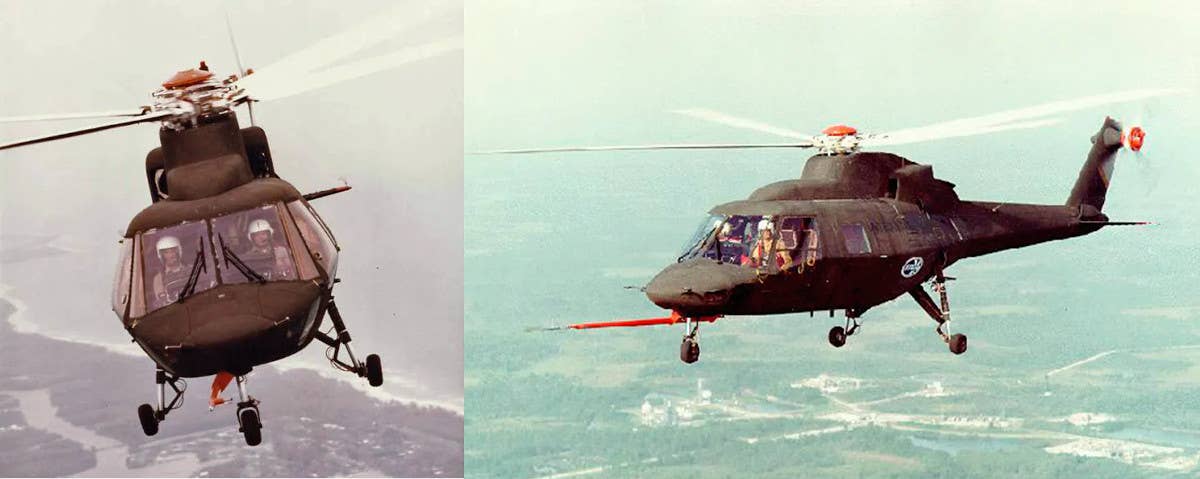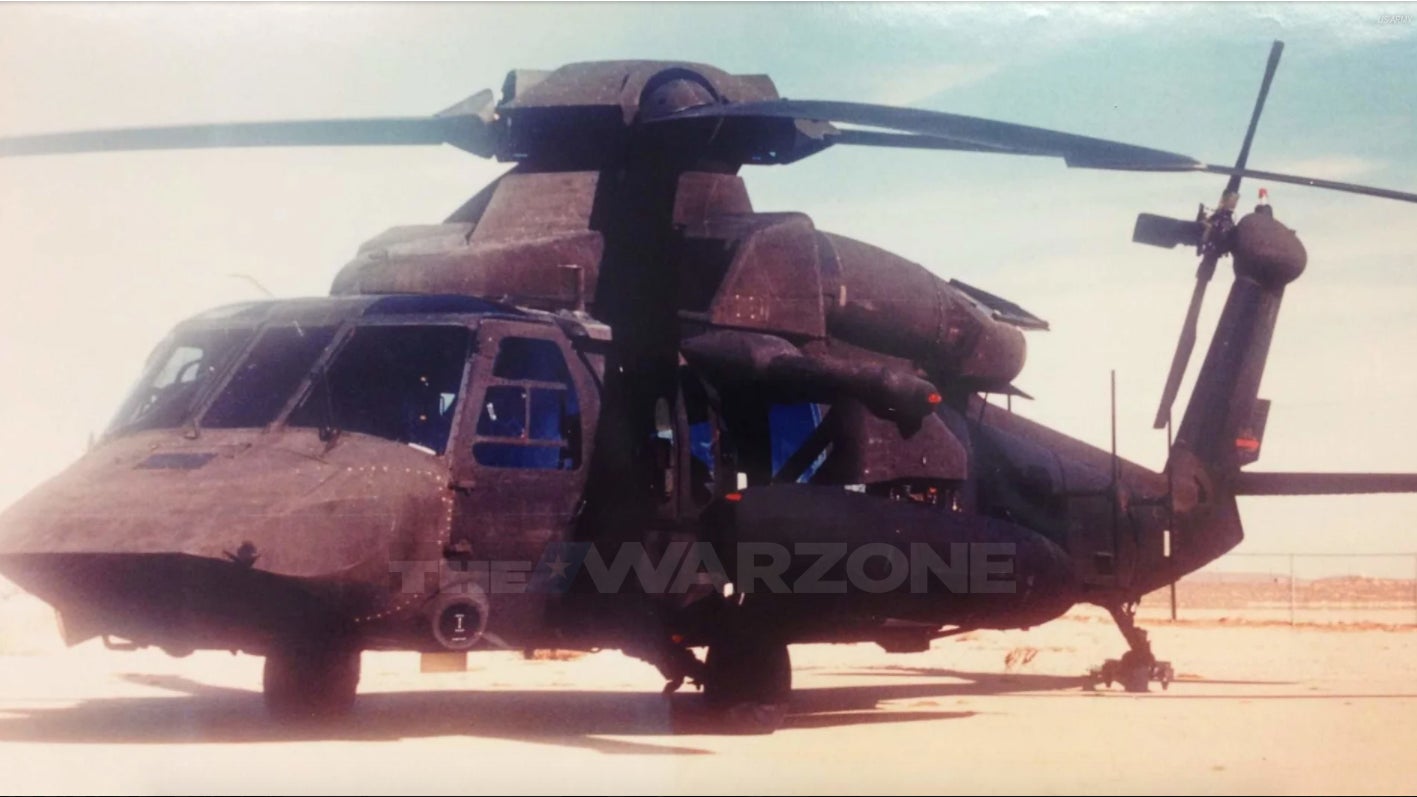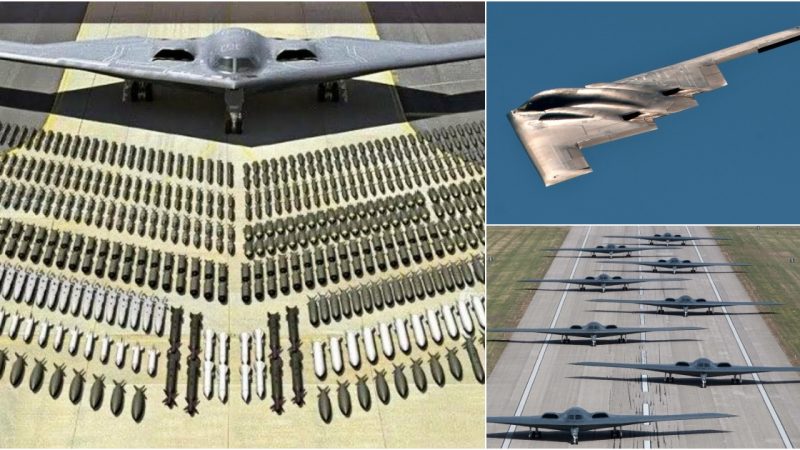Almost a decade after we first learned about the stealth Black Hawk helicopters used in the Bin Laden raid, new information has come to light regarding these elusive aircraft and their possible predecessors.
For years, the U.S. military’s stealthy Black Hawk helicopters have remained shrouded in secrecy, particularly those involved in the mission that led to the death of Osama Bin Laden in 2011. Now, a previously unpublished photograph has emerged, shedding new light on the lineage of these unique helicopters. This image depicts a heavily modified EH-60 electronic warfare and signals intelligence variant of the Black Hawk, and it could potentially bridge the gap between the Bin Laden raid helicopters and stealthy Black Hawk design concepts dating back to the 1970s.
The photograph in question is undated, and its specific program affiliation is unknown. However, it is believed to have some connection to Fort Eustis in Virginia, home to the 128th Aviation Brigade, which was previously known as the U.S. Army Aviation Logistics School. Additionally, Fort Eustis hosts the Aviation Technology Office (ATO), formerly known as the Flight Concepts Division (FCD), responsible for developing the stealth Black Hawks used in the Bin Laden raid and many other advanced rotary-wing capabilities.
While the precise location of the photograph remains unidentified, the desert setting suggests it may have been taken in the American Southwest, an area known for aviation test facilities and top-secret air bases such as Area 51 and the Tonopah Test Range Airport, where the stealthy Black Hawks from the Bin Laden raid were reportedly housed.
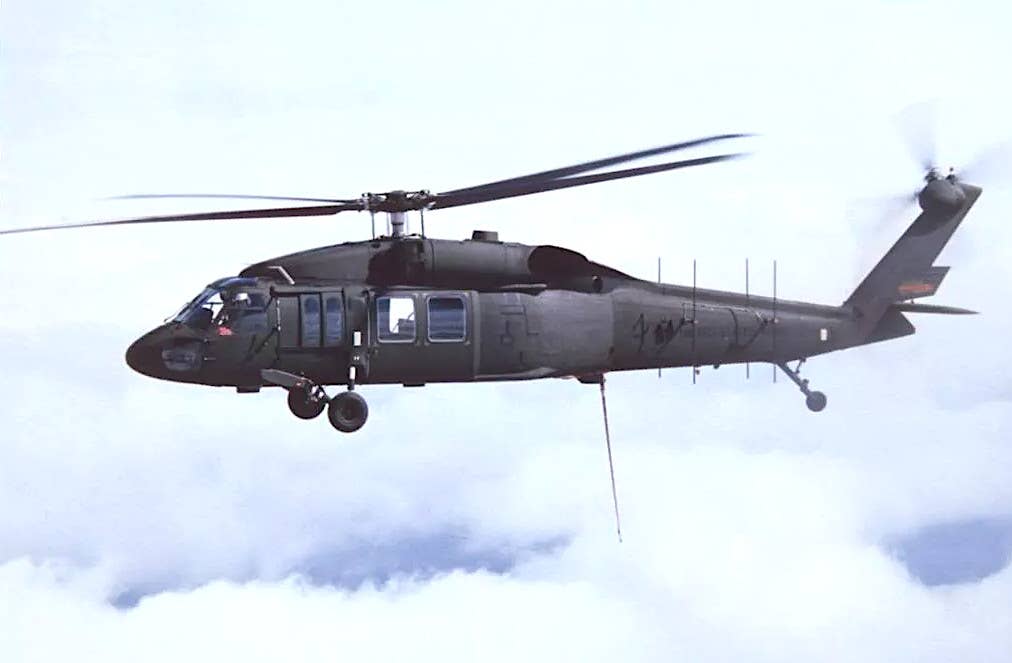
Unlike the MH-60 airframe used for the Bin Laden raid helicopters, the one in the photograph is a modified Sikorsky EH-60 variant, although it’s unclear whether it’s an EH-60A or EH-60L version. Both EH-60 variants were equipped with versions of the AN/ALQ-151 Quick Fix system, capable of intercepting hostile electronic emissions, providing direction-finding information to locate the source, and performing electronic warfare jamming. The EH-60A carried the AN/ALQ-151(V)2 Quick Fix II system, while the EH-60L featured the more advanced AN/ALQ-151(V)3 Advanced Quick Fix suite.
The helicopter exhibits four dipole antennas on each side of the tail boom, a feature common to both EH-60A and EH-60L variants. Beneath the fuselage, it appears to have the long, retractable whip antenna found on the EH-60A, associated with the AN/ALQ-17A(V)2 Trafficjam communications jamming system, part of the Quick Fix II suite.
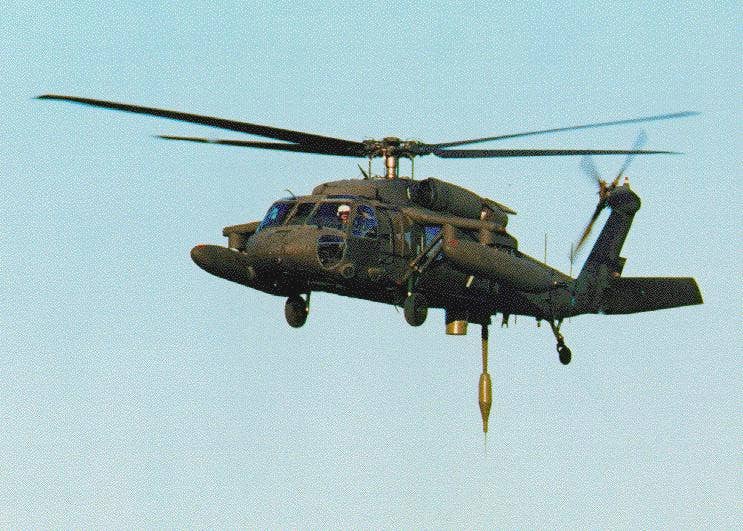
Additionally, the helicopter boasts two large missile approach warning sensors, one on each side of the nose under the main cockpit doors, as part of the AN/ALQ-156A Missile Approach Warning System (MAWS) found on EH-60As and EH-60Ls. It also has radar warning receivers on the nose and tail, commonly found on other Black Hawk variants.
A distinctive feature of this helicopter is its stub wings, each with one hardpoint on either side. While these are more commonly associated with MH-60L/M Direct Action Penetrators and U.S. Navy MH-60S Seahawks, they hint at a potentially unique configuration.

The most conspicuous modifications on this Black Hawk are found in the nose, the “doghouse” housing the engines and main gearbox, engine intakes, exhausts, and the heavily modified rotor hub. These features appear designed to minimize radar signatures, especially from the critical forward hemisphere aspect.
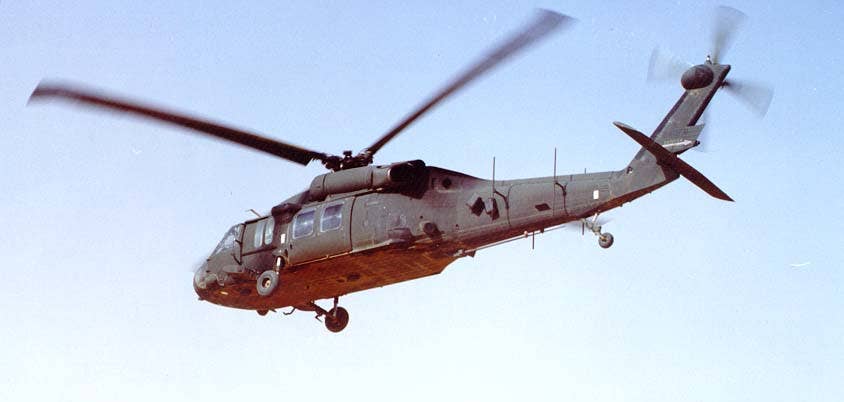
The nose design bears similarities to stealthy concepts developed by Sikorsky in 1978 for the U.S. Army Research and Technology Laboratory, a unit based at Fort Eustis. This early study hinted at the Army’s interest in reducing the Black Hawk’s radar signature.
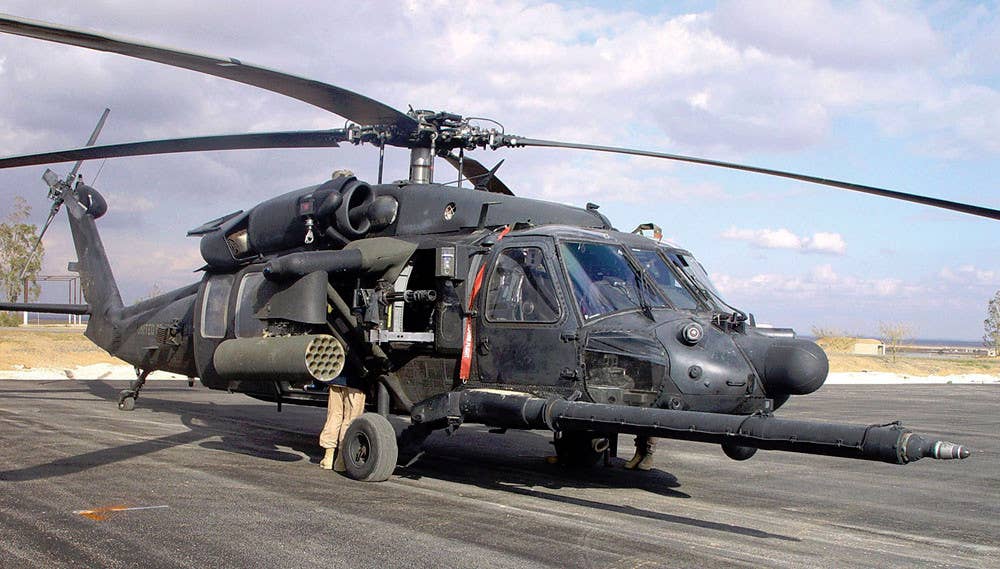
Moreover, the nose, doghouse, and rotor hub share visual similarities with a kit developed by Bell for the OH-58X Kiowa in the 1980s. This stealth upgrade for the Kiowa, while lesser-known, was evaluated but not widely adopted by the Army.
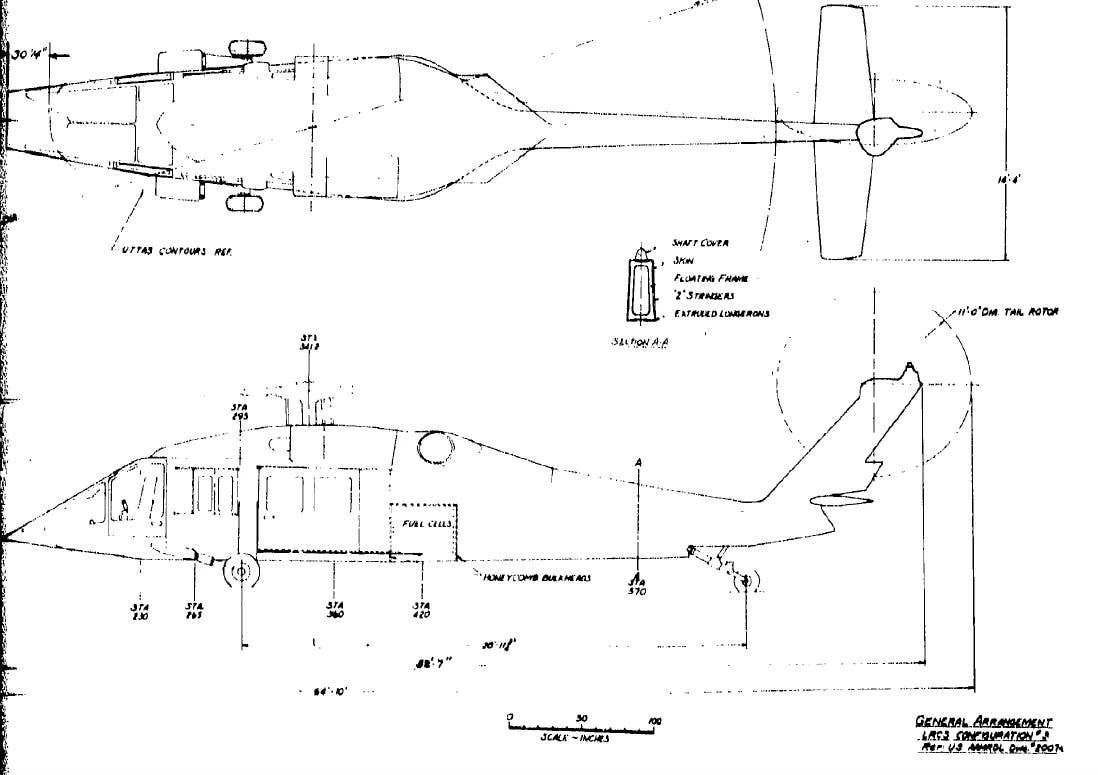
Sikorsky’s late 1970s design studies included the use of advanced radar-absorbing composite materials, similar to concepts incorporated into Bell’s OH-58X. Sikorsky also experimented with its S-75 technology demonstrator in the mid-1980s, employing composites and informing the abortive Boeing-Sikorsky RAH-66 Comanche program, which featured a shrouded rotor hub similar to the photographed Black Hawk.
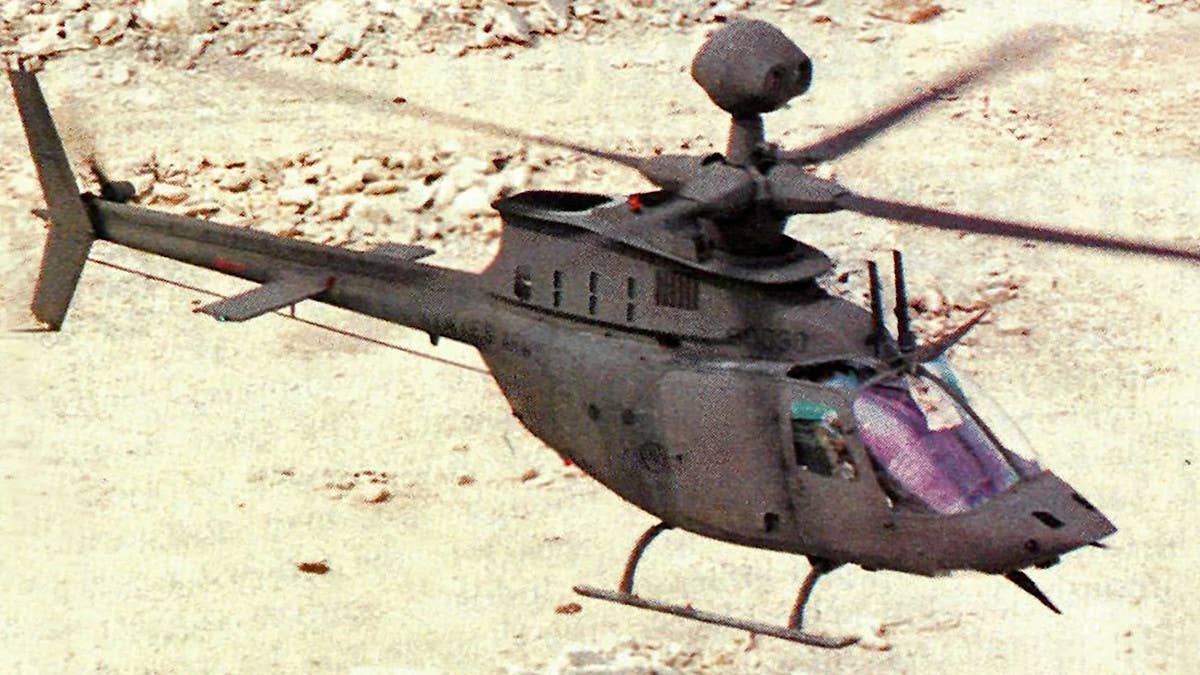
The modified engine intakes on this Black Hawk appear to help conceal the fan faces of its two turbine engines and streamline the area around the engine nacelles and forward doghouse section. These features traditionally have a high radar reflectivity.
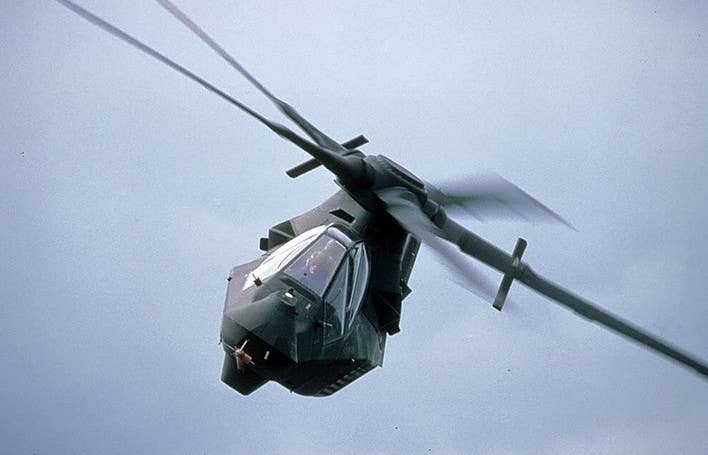
Interestingly, unlike the Bin Laden raid helicopters, this particular example lacks tail rotor modifications, which would have negatively impacted its all-aspect radar reflectivity and acoustic signature. Whether later stealthy additions, particularly for the tail, were developed for this project remains uncertain.
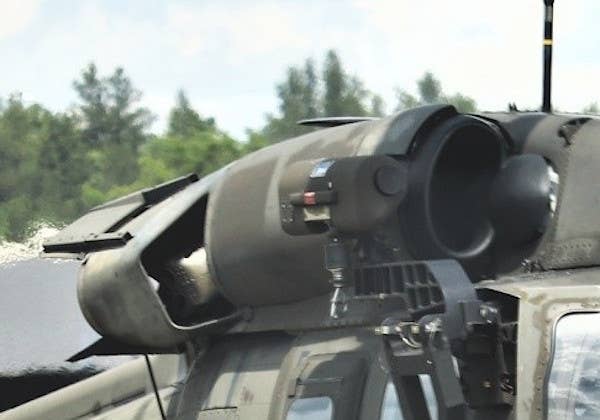
Determining the photograph’s date is challenging due to the specific EH-60 variant being unknown. However, it likely originates from the late 1980s or 1990s. Sikorsky initiated EH-60A development for the Army in 1980, replacing older EH-1H helicopters equipped with AN/ALQ-151 and AN/ALQ-151(V)1 Quick Fix suites. Between 1989 and 1990, work began on the Advanced Quick Fix system, initially intended for the EH-60C variant but eventually applied to a modified UH-60L. This became the EH-60L. The Army ultimately did not widely adopt the Advanced Quick Fix system or the EH-60L, reflecting a broader trend in military programs during the early 1990s.
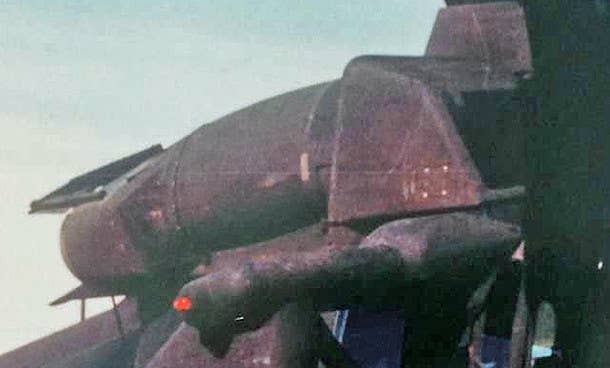
It is plausible that the photograph was taken during tests involving the EH-60, a platform known to be used for various trials. Alternatively, it might represent an early stage in the development of a stealth kit for Black Hawks, with the EH-60 variants serving as a dedicated testing platform. Such a kit, adaptable to any Black Hawk variant, could enhance radar stealth for covert operations without compromising performance during routine missions.

One major question remains: could these modifications be similar to those used on the Bin Laden raid helicopters? The tail configuration of the photographed helicopter differs significantly from the ones involved in the raid. It is possible that a kit exists, incorporating these forward elements with a more elaborate tail assembly to reduce acoustic signatures. However, at this point, there is no definitive answer.
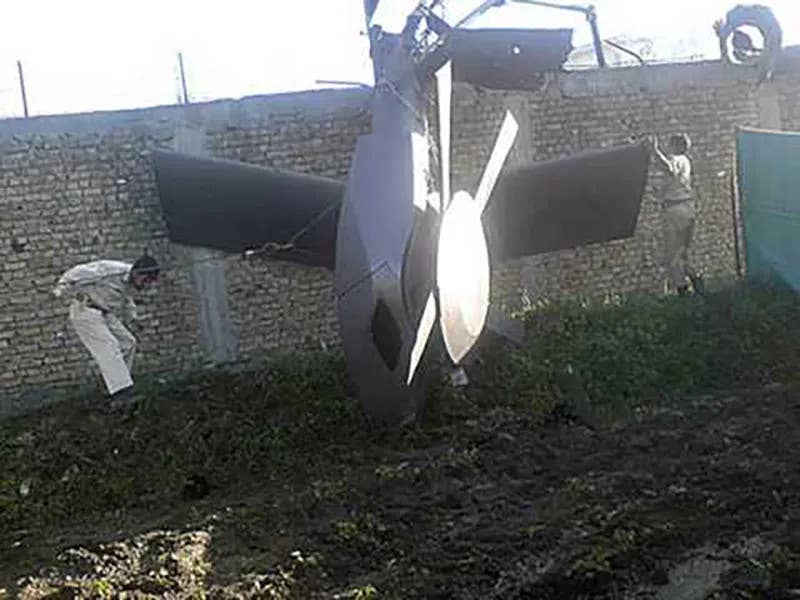
The exact details of the Bin Laden raid helicopters remain closely guarded secrets, and it is believed that newer and more advanced generations of stealthy Black Hawks are now in service.
Despite the passage of nearly a decade since the Bin Laden raid, these helicopters continue to be enigmatic. This newly surfaced image offers a tantalizing glimpse into the world of stealthy Black Hawks and their intricate design, but many questions remain unanswered. As we seek more information from the Army and uncover additional details about this particular Black Hawk, we will continue to unravel the mysteries surrounding these elusive aircraft.
